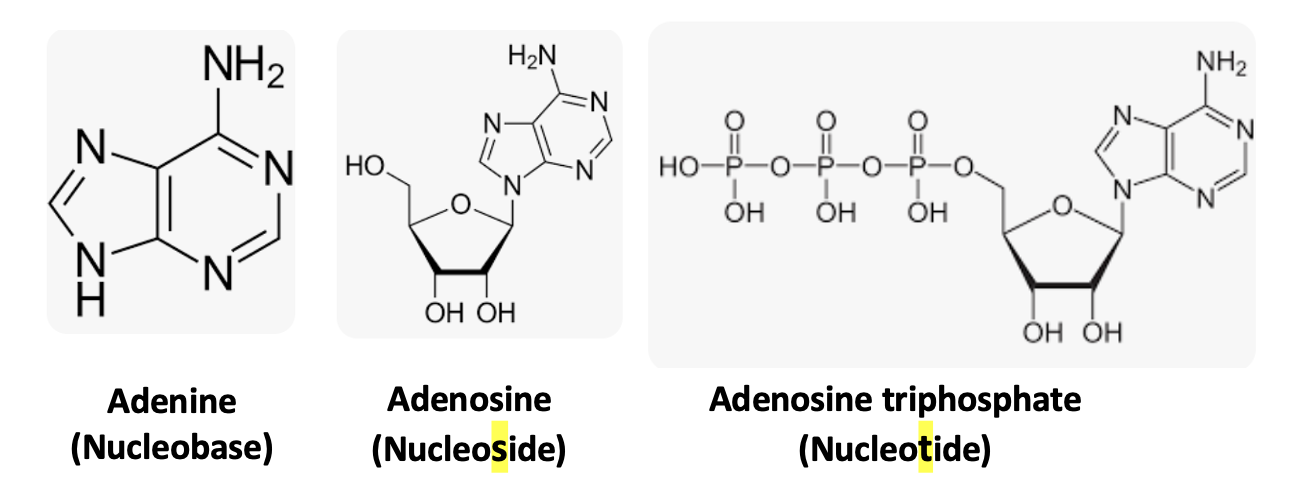
Well, are you? I'm not kidding. This is real, not satire.
If the title sounds like some disgusting-sounding nonsense I sometimes write about (mostly to amuse myself) this is hard to categorically deny; it's disgusting-sounding but not nonsense. Although it may be difficult to read, let alone take seriously anything that has the terms "sperm" and "facial" in the title, don't sell this one short. I didn't make this up and there is some real science behind it. Shall we take a hard look at the science? Come on.

A salmon sperm facial is a skincare treatment that uses Polydeoxyribonucleotide (PDRN), also known as polynucleotide (PD), a DNA component extracted from salmon sperm. Despite the name, the treatment doesn’t involve actual salmon sperm but rather a refined ingredient derived from it.
Source: VAIN Medi spa
What are these people talking about?
Some things just don't make sense here. Perhaps you're familiar with the terms DNA, polynucleotide, salmon, and sperm, although it's hard to see how they might go together. Perhaps worse, there's no salmon sperm in a salmon sperm facial. Mighty confusing. What to do? It's time to call in the experts. You know who...

Steve (left) and Irving, your hosts of TDCLFH®, are deeply offended by today's topic, yet they suck it up and do their jobs.
Time for the chemistry lesson!
But first: Hell Hypocrisy Alert!

Steve and Irving, both hypocrites, have short memories. Despite their puritanical remarks, they have a sordid past, as is revealed in this 1978 photo from the Studio 54 scene. Steve tries (and fails) to attract easy women with his John Travolta hip thrust. Irving, on the other hand, likes leather and toot. Andy bemoans the waning of clientele quality. Images: Attribution-NonCommercial-ShareAlike 2.0 Generic, Stockbridge, Flickr
Back to the chemistry...
What are nucleotides and polynucleotides?
If there's a confusing collection of terms out there, chemists will find a way to use them. Check these out in Figure 1.

Figure 1. Madness. Adenine (left) is a nucleobase, one of the four found in DNA. Once deoxyribose (a sugar) is attached to adenine it becomes adenosine (center), a nucleoside. The addition of a triphosphate group gives the "famous" molecule (right) adenosine triphosphate (ATP), which is a nucleotide. Is it any wonder why most people hate organic chemistry?
What is a Polynucleotide?

Figure 2. How single nucleotides become large polynucleotides. Image derived from Wikipedia.
As shown in Figure 2, adenosine triphosphate (a nucleotide) reacts with guanosine triphosphate (the red hatch line shows the newly-formed bond) to form a dinucleotide, which can be abbreviated A-phosphate-G, more commonly AG. When AG reacts with another nucleotide, it gives a trinucleotide, AGA. This can go on "indefinitely, forming polynucleotides (for example ...ATCGAAGTC... ) (1,2), but the chemistry of each step, the formation of each new phosphate bond is identical. How many nucleotides are in salmon? Ask the salmon. Image: Wikipedia

Do polynucleotides do anything useful?
First of all, the name is a bit inaccurate. According to Vain Medispa:
Despite the name, the treatment doesn’t involve actual salmon sperm but rather a refined ingredient derived from it...[polynucleotides]"
And this:
Polynucleotides, extracted from salmon sperm, offer exceptional regenerative and hydrating properties, making them a valuable component in skincare treatments. When used in a facial treatment, polynucleotides promote tissue repair, increase skin hydration, and stimulate collagen production.
But, do they work? Maybe. An article in The Journal of Cosmetic Dermatology discusses the results of a small randomized clinical trial:
"This randomized, prospective clinical study highlights the role of intradermal [highly purified polynucleotides] in monotherapy to rapidly improve the dermal quality in treating moderate to severe NLFs with consistent, subjectively expressed aesthetic benefits."
A review in the March 2024 edition of The PFMA Journal concludes:
"[Polynucleotide] injections have emerged as a versatile and promising treatment option in aesthetic medicine. The research appears to support their efficacy in various aesthetic concerns, including skin rejuvenation, scar treatment, hair loss management, and bone regeneration."
However, a comprehensive article in the Internation Journal of Molecular Science is more cautious:
"[S]tudies reviewed suggest that polynucleotides may be effective in improving skin texture, reducing wrinkle depth, and enhancing facial appearance. While the existing evidence is promising, further research is needed to confirm their efficacy and optimal use in different indications."
Bottom line
This is really about chunks of DNA, not salmon, sperm, or any other vile-sounding secretion. The DNA fragments look promising for treating a variety of age-related skin flaws. There doesn't seem to be much of a downside, except the cost, approximately $500 to $1,000 repeated every three to six months. And if you try to do it on the cheap, perhaps sneaking into the Kroger seafood section and squeezing salmon schmutz on your face it won't work, but you could probably make some $$ posting it on YouTube.
NOTE:
- Salmon DNA contains about 3 billion nucleotides. I shall not be listing them.
- The yellow arrows indicate the reaction sites where the next nucleotide will be added.



